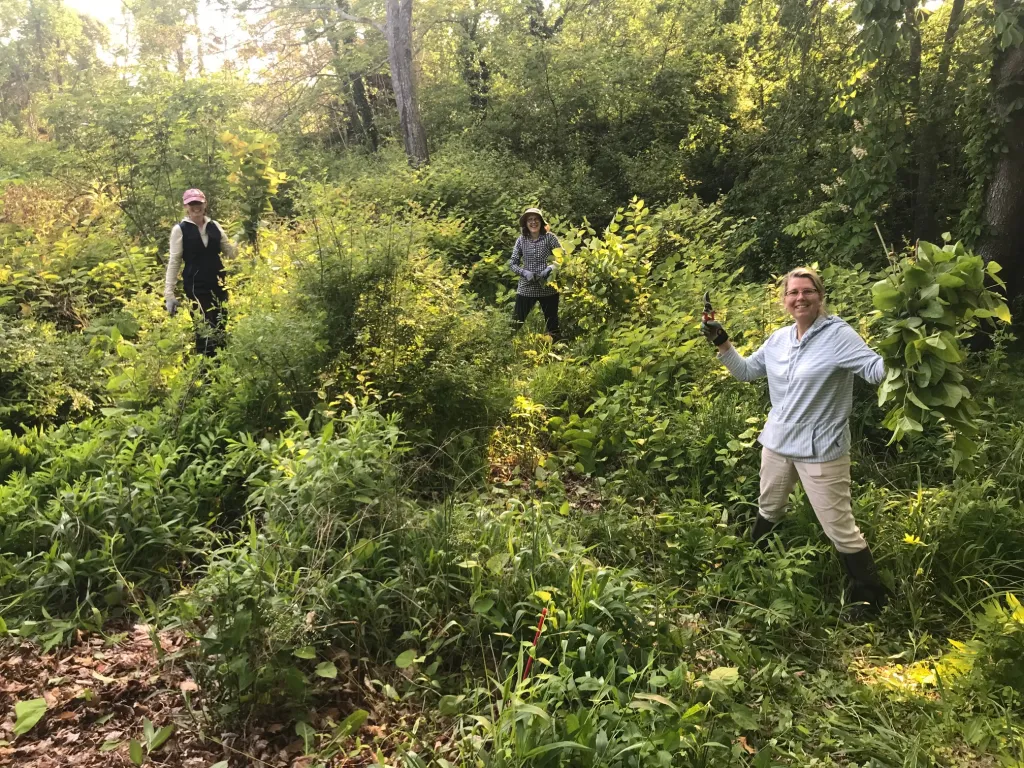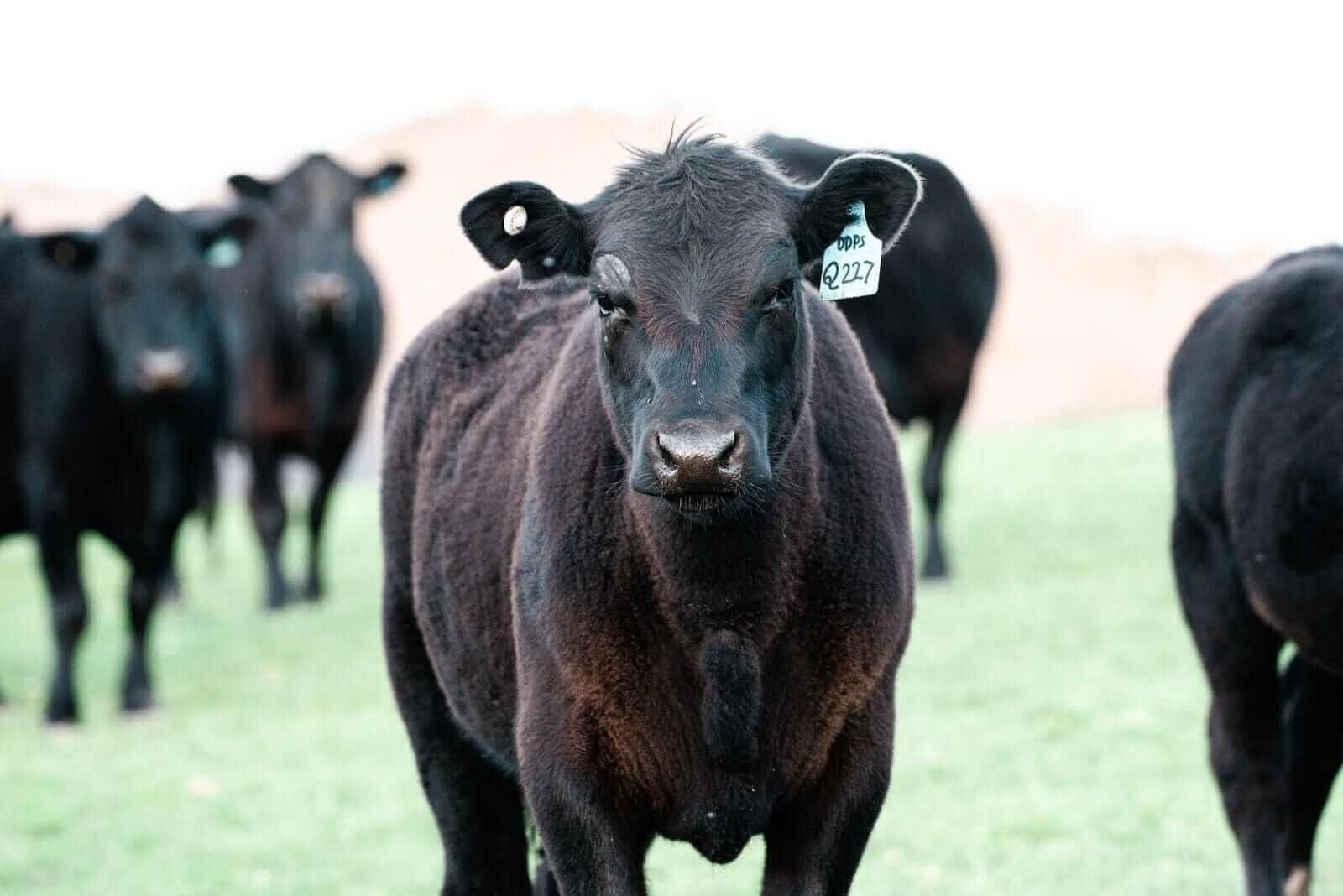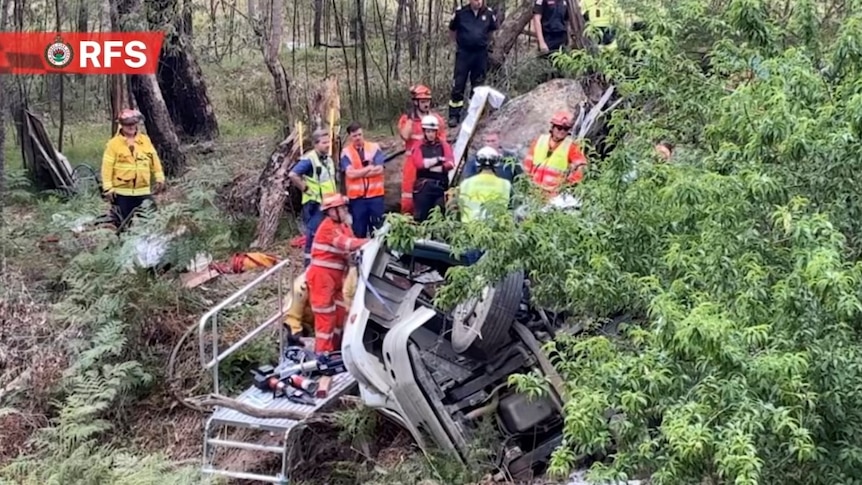Copyright Hartford Courant

There are over 100 invasive plant species in Connecticut wreaking havoc on the state’s forests and waterways, but new technology may help ensure new species never get a chance to invade in the first place. Julissa Rojas-Sandoval, an assistant professor at the University of Connecticut’s Department of Geography, Sustainability, Urban, and Community Studies and core faculty at the Institute of the Environment, is an expert on invasive plant species. She recently teamed up with UConn physics associate professor Daniel Anglés-Alcázar and Department of Ecology and Evolutionary Biology professor Michael Willig to develop an artificial intelligence machine learning method to detect invasive plants before they have a chance to spread. “Invasive plants are here to stay, we know they will be here for a very long time,” Rojas-Sandoval said. “Removing them is super expensive, and we just don’t have the resources. Many places have other pressing priorities that come first. But with climate change, globalization and habitat destruction, this issue is becoming more and more prevalent around the world. It’s time to start finding solutions to a problem that is getting worse.” The term “invasive” was first coined in the 1950s, but it wasn’t until the 1990s that greater awareness of the problem spread. In 1999, then-President Bill Clinton signed an executive order establishing the National Invasive Species Council. The executive order required the federal government to begin dealing with invasive plant and animal species. There are 102 invasive plant species in Connecticut, according to the Connecticut Invasive Plant Council. The council maintains an official state list of which plants have been categorized as invasive since 2004. That number has been steadily increasing over the past few decades as increased globalization and horticulture have introduced more invasive plants inside Connecticut’s borders. Last October, the state added five new species including Japanese angelica tree, Quackgrass, Japanese wisteria and Chinese wisteria. The ornamental Callery pear has also been added to the state’s invasive list. The Callery pear, a species of pear tree native to China and Vietnam, is known for its white, pedaled flowers in the springtime. Invasive plants wreak havoc in CT. Meet the new additions to those bringing ecological damage. Rojas-Sandoval said the idea for using an AI-based approach is to provide a framework to identify which species have the potential to become invasive and problematic before they arrive in a new area. This could help ward off ecological threats before they become a problem. She said she got the idea for using AI and machine learning through a similar technique used in astrophysics to classify galaxies in the universe. “I saw one presentation from a professor at a meeting using machine learning for galaxy classification,” Rojas-Sandoval said. “I thought that galaxies have less variables available to researchers because they are super far away. So they are mostly looking for indirect traits. I realized that maybe we can do the same things using traits for plants here on Earth.” The researchers combined decades of ecological data with machine learning methods to create algorithms that can analyze patterns from previous species introductions paired with characteristics of the plant species that may enable them to become invasive in a new area. Among the data analyzed includes traits like previous history of invasion, plasticity in reproduction and the number of generations in a single growing. “We looked at these traits as important indicators of potentiality for invasiveness,” Rojas-Sandoval said. “Traits like how the plant reproduces either through seedlings or cuttings, if it has a history of being invasive in other areas, and how frequent it can reproduce. We know there are certain combinations of traits that make them more invasive. So if it checks certain traits most of the time, it means that plant has a high probability to become invasive.” Rojas-Sandoval said the data-driven models achieved over 90% accuracy in predicting invasion success. She said the models used several traits as predictive indicators and can analyze the potential invasiveness of thousands of plant species. The researchers used six different algorithms to ensure the accuracy of the test results, she said. “We were expecting maybe 50% success, but we didn’t expect to be at 90%, so it was really surprising,” Rojas-Sandoval said. “The more data you have available, the more these algorithms are able to learn and interpret more information.” One of the hopes is that this new approach can supplement traditional risk assessments, which often involve a team of experts researching a plant for several months before determining whether it can be imported or not. Such assessments, while mostly highly effective, require large resources and knowing experts in the field to make decisions. Machine learning models can perform the same assessment in far less time, she said. “Traditional risk assessments can take several months or more,” Rojas-Sandoval said. “This takes literally a day of just running algorithms. Most of your time is spent collecting all the traits and information to run the models. But when you have your data set, in one day you will be able to run your risk assessment. This is important because a lot of times traditional risk assessments take time and resources that some places don’t have.” The focus for this model was on the Caribbean islands, as that is the area she has been researching, but the idea is that the researchers can train the models with data for different geographic regions. If the model can be replicated for other areas, it can become an important tool in combatting the spread of new invasive plants in other parts of the world, she said. Stephen Underwood can be reached at sunderwood@courant.com.



